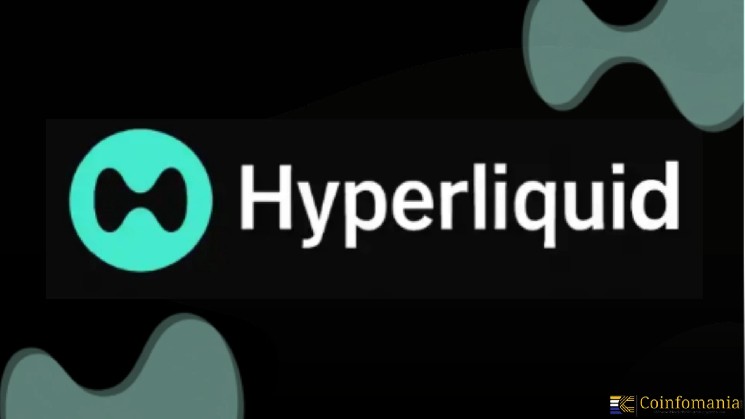A weekly chart of Crypto.com Research indicates that Hyperliquid will have ~79% of all the volume of patient sovereign, substantially more than the competitors like Jupiter, Drift, GMX, and dYdX at the beginning of July 2025. Its share growth follows a wider derivatives surge on-chain and decentralized perps volume has reached a record high of about $319B in the month with a monthly increase of about a third.
Market and context of DeFi volume
July step up will occur as a continuation of an upward trend that has persisted after late 2024 as more flow shifting takes place out of centralized venues to DEXs. As decentralized perps now make up a material percentage of CEX volume, market makers are also more frequently quoting on-chain–leading to a flywheel of more liquidity.
Circle, the issuer of USDC, intends to release Arc, a new blockchain Layer-1 compliant with the Ethereum Virtual Machine. The Q2 2025 revenue and reserve-income growth of 53 percent year to year at Circle provides balance-sheet cushioning to the push. The EVM compatibility must enable legacy Ethereum-based applications and tooling to migrate rapidly, and may fast-track USDC velocity, on-chain settlements and institutional rails.
Stablecoins Infrastructure
Arc positions Circle to dominate a bigger portion of the payment stack: mint/burn, compliance, settlement and developer UX. Should Arc achieve lower latency finality and be more predictably cost-efficient, and maintain EVM composability, it would redirect activity currently focused on stablecoins (payments, FX, merchant settlement, RWA rails) onto Arc-native applications- but without decoupling liquidity with Ethereum, and other partner networks.
The U.S. Office of the Comptroller of the Currency approved Paxos conditionally to run as a national trust bank. The conditional terms generally involve continued AML and capital and risk-management thresholds; fulfilling these would make one of the most obvious bridges between crypto infrastructure and U.S. banking legislation to date.

